The Risks of Paying Peer to Peer
Fraudsters are using payment apps such as Paypal and Zelle to trick you out of your money.
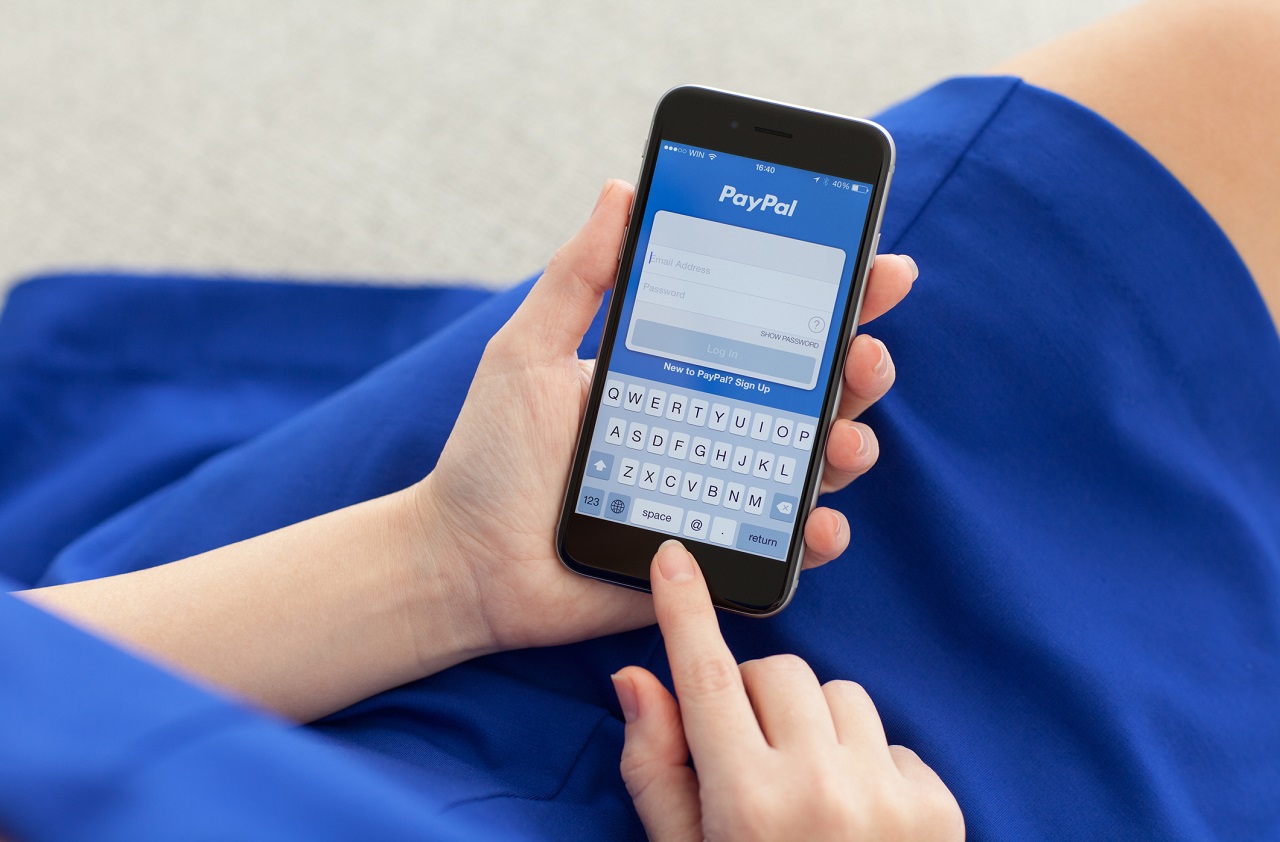

Finding a good hairstylist is hard, but finding a traveling hairstylist is even harder. As a splurge, I looked for someone who would come to my apartment to spend four or more hours braiding my hair. Thanks to social media, I succeeded.
My text exchanges with the stylist went smoothly. I described what I wanted, and she told me to send a nonrefundable $150 deposit–half of the cost–via PayPal's peer-to peer (P2P) payment function. The alarm bells didn't go off until I couldn't reach her on the day of the appointment. Was this stranger going to show up as promised, or did I just lose $150?
Fortunately, she did show up that day. I hadn't been able to reach her because her cell phone battery had died. In hindsight, I realized she could have catfished me–created an elaborate fake profile and passed off someone else's work as her own–and then not shown up. I would have been scammed, with no recourse from PayPal.

Sign up for Kiplinger’s Free E-Newsletters
Profit and prosper with the best of expert advice on investing, taxes, retirement, personal finance and more - straight to your e-mail.
Profit and prosper with the best of expert advice - straight to your e-mail.
Growth of P2P. Members of my generation are big users of P2P apps, such as Cash, PayPal, Venmo and Zelle. The apps are fast, and often all it takes to transfer money to another's bank account is an e-mail address or phone number. In fact, 62% of millennials used these apps to send or receive money in 2017, reports Bank of America.
But as the use of P2P apps grows, so do complaints about scams. The Federal Trade Commission added online payment systems to its complaint database last year, and I've noticed more scam complaints posted on social media sites. The schemes are similar: Someone pretends to be selling, say, concert tickets, dupes victims into sending money and then disappears.
As consumers, we have come to expect some form of protection when we link our bank accounts or debit cards to these apps. But when you're using electronic forms of payment to make a purchase from another individual–instead of a traditional merchant–the rules are different and there's less protection against fraud, says Sarah Grotta, of Mercator Advisory Group. If anyone ever took the time to read the fine print, they'd know this. For instance, according to PayPal's purchase protection guidelines, when you send money through its friends-and-family P2P system, you're not covered for any losses because you authorized the transaction. If someone hacks into your PayPal account to make an unauthorized transaction, however, you're protected.
Venmo, owned by PayPal, states in its user agreement that personal accounts are meant to be used only between family and friends. Its definition of what's considered an unauthorized transaction is similar to PayPal's. The same goes for Cash.
Zelle, another P2P app, looks like a safer bet because it's backed by big banks, such as Chase, Citi and Wells Fargo. But banks that have integrated Zelle into their systems stress that the app is for sending money to someone you know. If you do business with strangers and get scammed, you're likely out of luck.
Grotta's advice is never to send money to people you don't know. If you've been hacked and money has been transferred from your account without your consent, contact your bank and the P2P service by e-mail or phone as soon as possible. The P2P service will investigate your claim and determine if a full refund is due.
Ultimately, treat your P2P payments as you would cash. If you wouldn't feel comfortable giving a stranger cash before receiving a product or service, don't send that person money by Venmo, either. Once the money is gone, it's gone. I'll be sure not to take the flight risk with my money again.
Get Kiplinger Today newsletter — free
Profit and prosper with the best of Kiplinger's advice on investing, taxes, retirement, personal finance and much more. Delivered daily. Enter your email in the box and click Sign Me Up.

Rivan joined Kiplinger on Leap Day 2016 as a reporter for Kiplinger's Personal Finance magazine. A Michigan native, she graduated from the University of Michigan in 2014 and from there freelanced as a local copy editor and proofreader, and served as a research assistant to a local Detroit journalist. Her work has been featured in the Ann Arbor Observer and Sage Business Researcher. She is currently assistant editor, personal finance at The Washington Post.
-
 How Much Will Car Prices Go Up With Tariffs?
How Much Will Car Prices Go Up With Tariffs?Tariffs could drive car prices up even higher, for new and used cars, as well as for American brands.
By Jim Patterson
-
 What Is the Buffett Indicator?
What Is the Buffett Indicator?"It is better to be roughly right than precisely wrong," writes Carveth Read in "Logic: Deductive and Inductive." That's the premise of the Buffett Indicator.
By Charles Lewis Sizemore, CFA
-
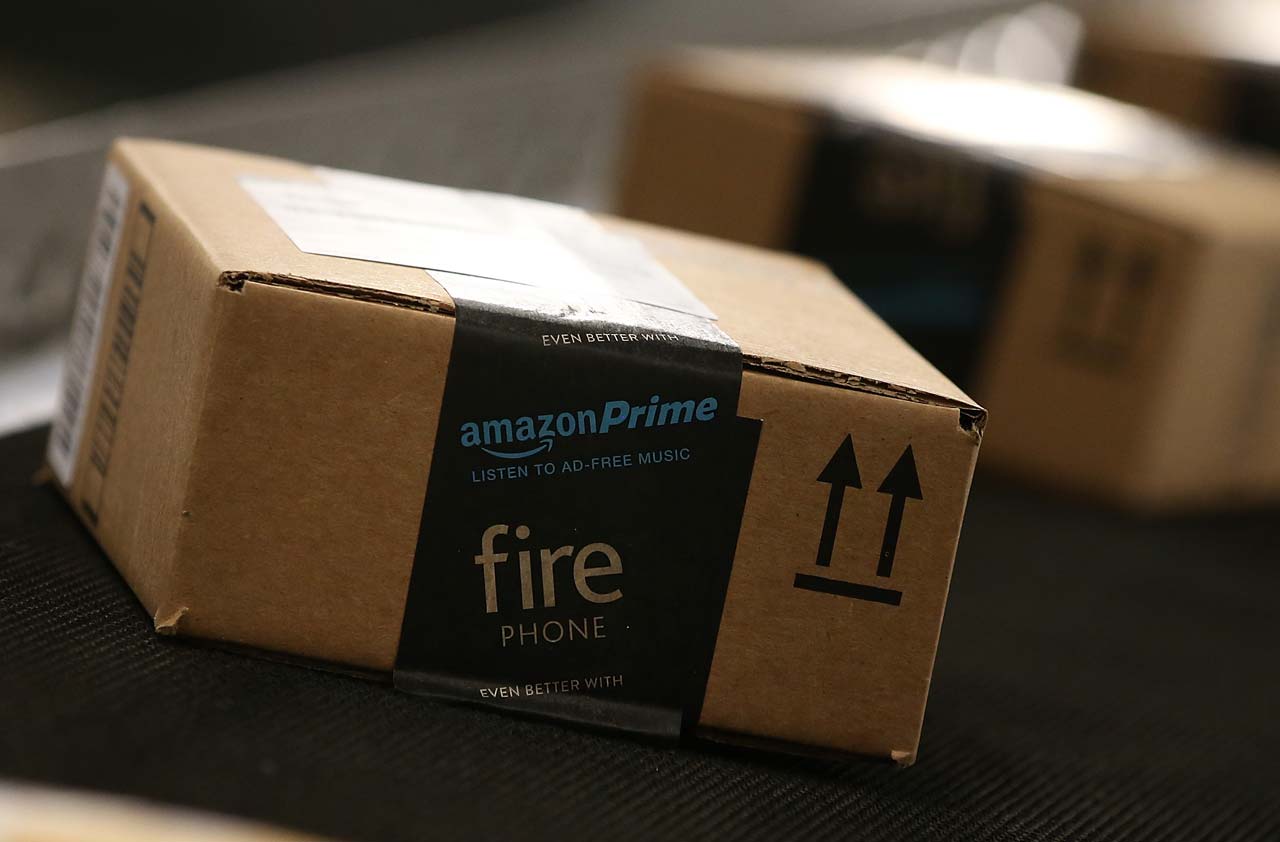 Five Reasons You Shouldn't Shop on Amazon Prime Day
Five Reasons You Shouldn't Shop on Amazon Prime DaySmart Buying Think twice before getting lured into buying a bunch of stuff you don't need just because it's on sale.
By Andrea Browne Taylor
-
 When Renting Is Smarter Than Buying
When Renting Is Smarter Than Buyingreal estate There are some situations when renting is smarter than buying. You're not necessarily throwing your money away when you rent.
By Miriam Cross
-
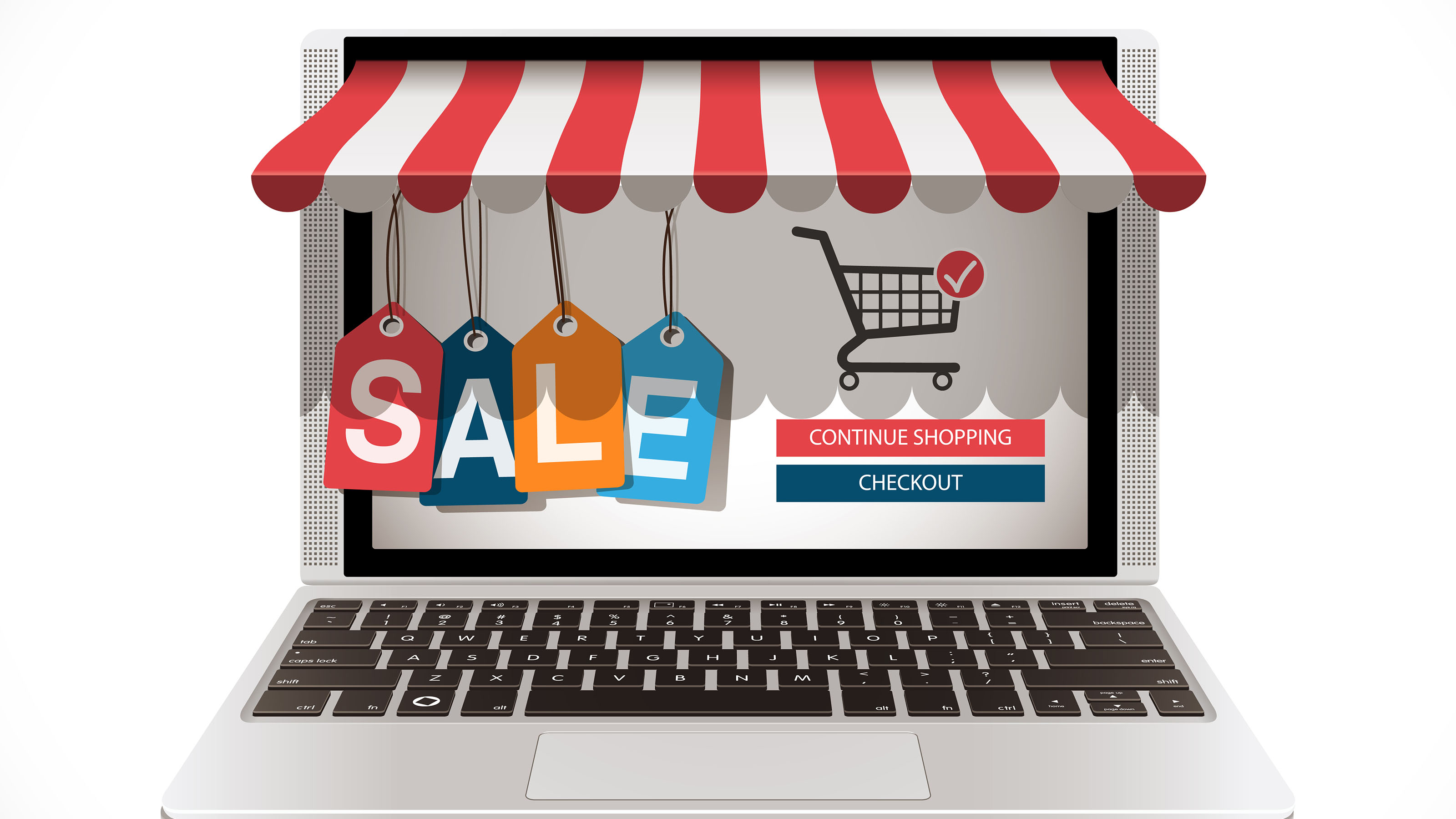 Etsy, eBay, PayPal Want IRS 1099-K Relief for Online Sellers
Etsy, eBay, PayPal Want IRS 1099-K Relief for Online SellersIncome Tax Companies like eBay, Etsy, and PayPal want Congress to raise the $600 reporting threshold for IRS Form 1099-K to give relief to millions of sellers who use their sites.
By Kelley R. Taylor
-
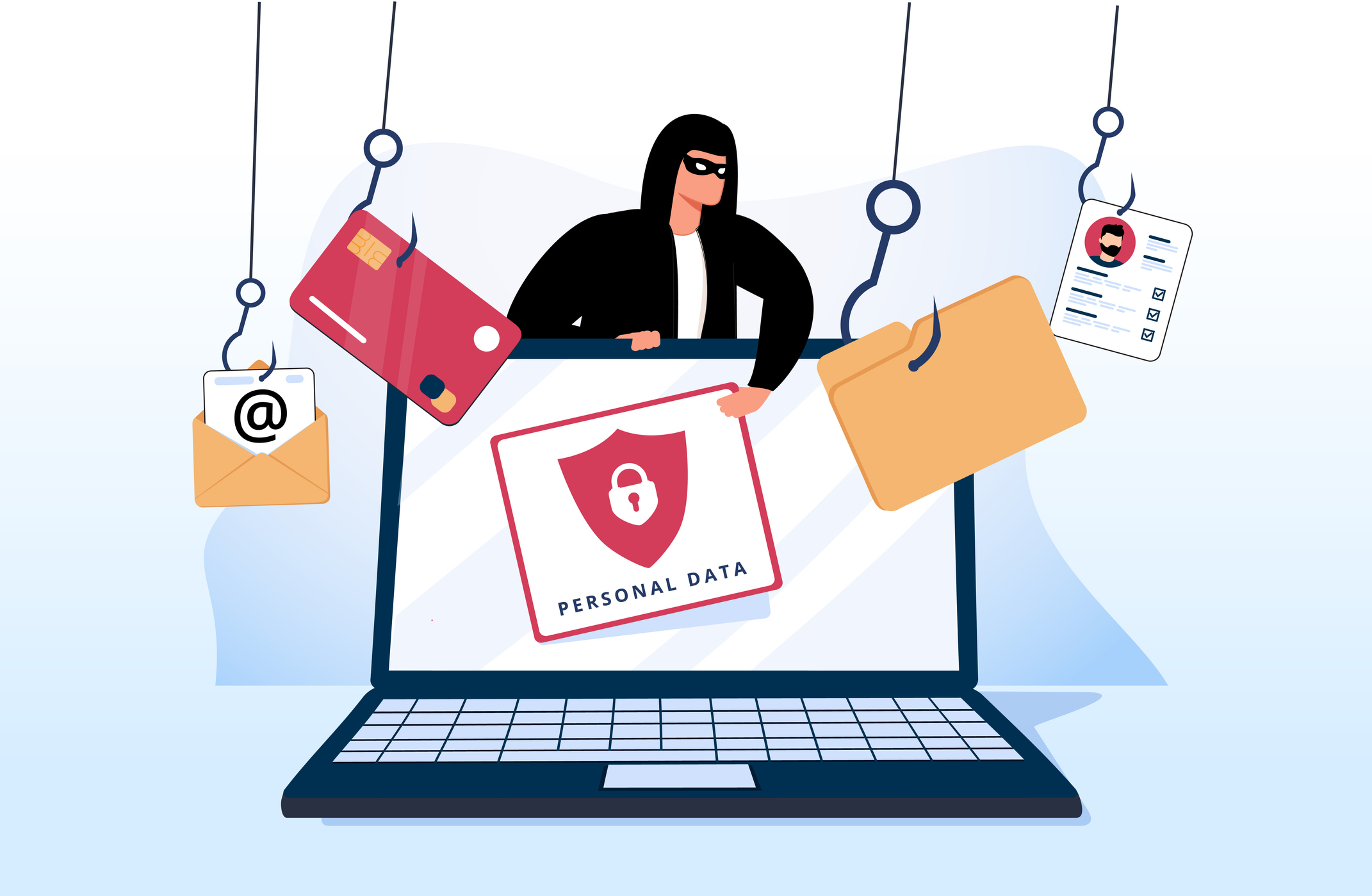 Banking Scams: Beware Fraudsters Impersonating Your Bank
Banking Scams: Beware Fraudsters Impersonating Your BankScams — and the criminals behind them — are getting more creative in separating victims from their money.
By Ben Demers
-
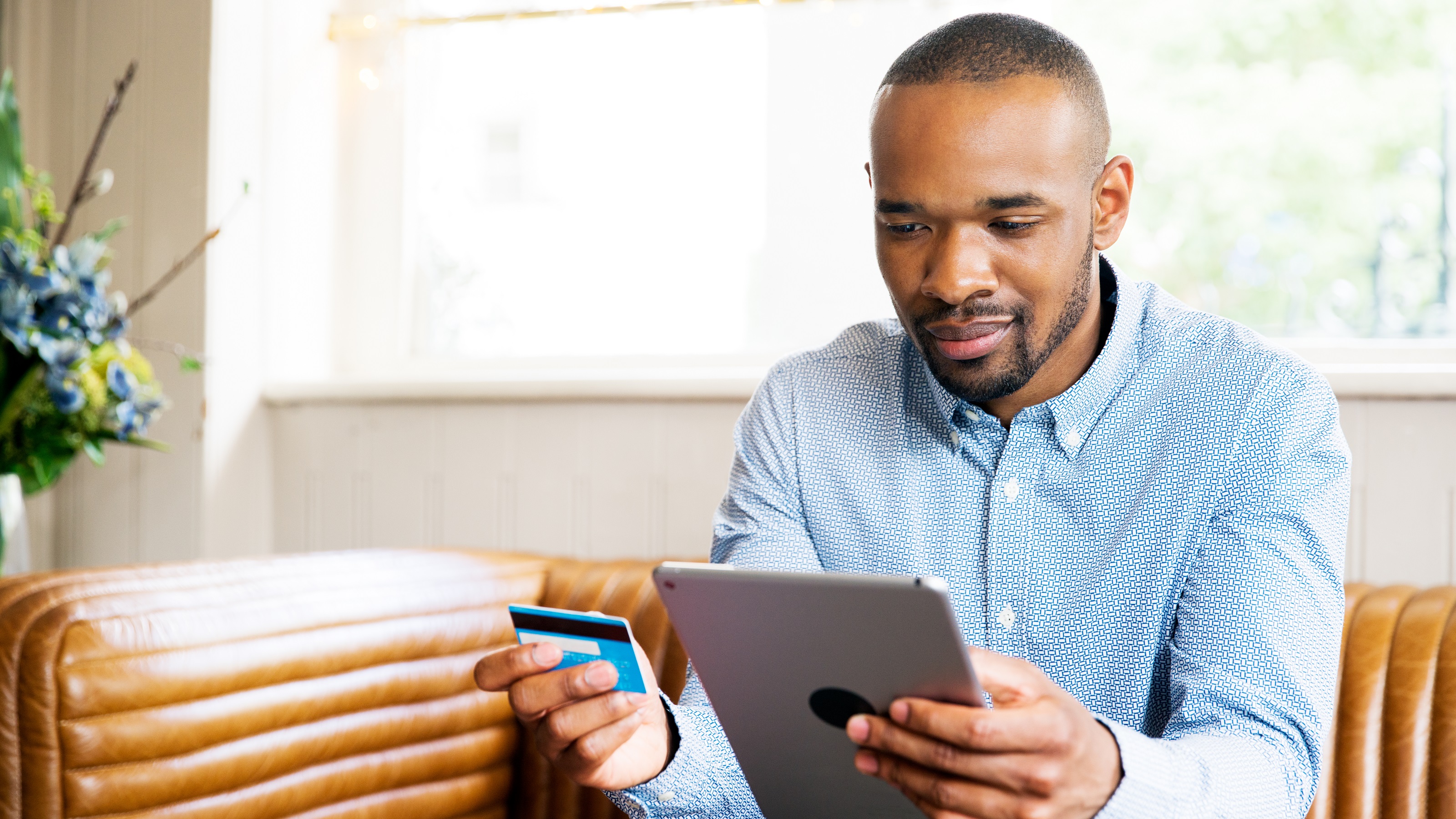 Best Cash Back Credit Cards of 2025
Best Cash Back Credit Cards of 2025Credit Cards If you're searching for a credit card that rewards you for everyday purchases, we've chosen the best.
By Ellen B. Kennedy
-
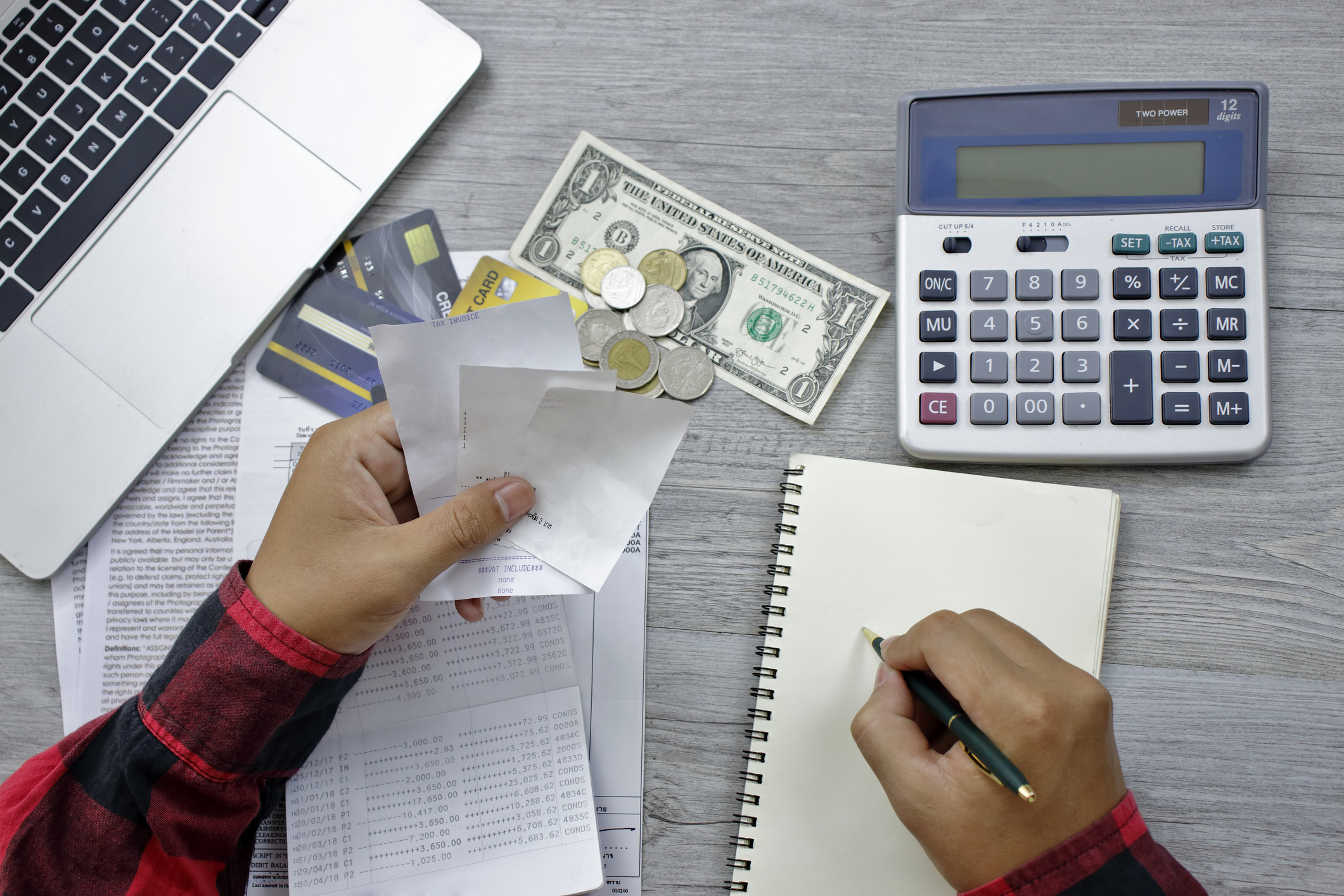 How Do You Pay off Credit Card Debt?
How Do You Pay off Credit Card Debt?Making Your Money Last Pay off credit card debt with these tried-and-true strategies.
By Ellen B. Kennedy
-
 Bear Market Strategy for Millennial Investors
Bear Market Strategy for Millennial InvestorsA focused, goal-oriented approach to investing can help millennials navigate a bear market.
By Rivan V. Stinson
-
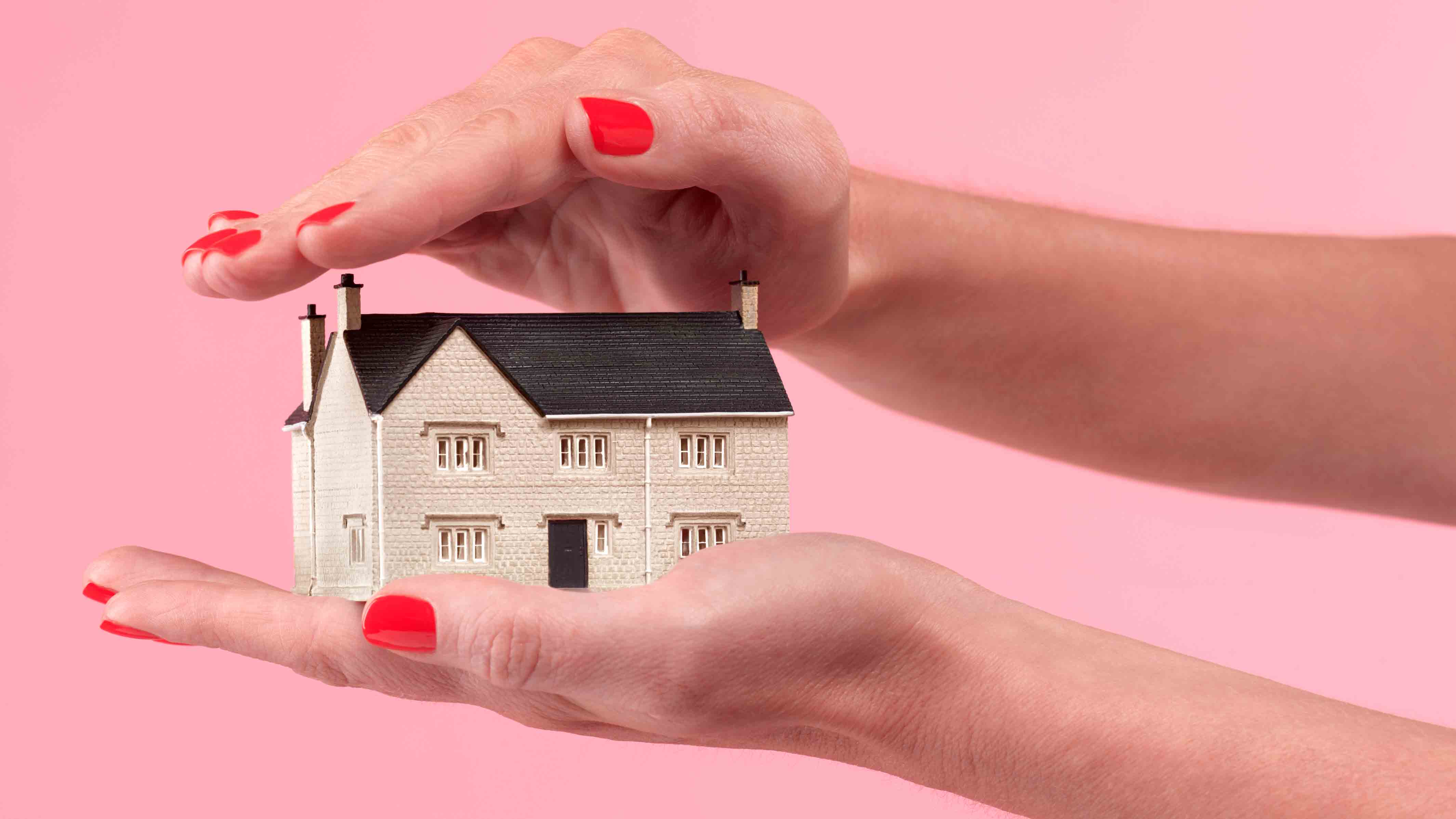 Rent vs. Buy: Sometimes Renting is Better
Rent vs. Buy: Sometimes Renting is BetterPersonal finance experts have long held that homeownership is a key step to building lasting wealth. How does that hold up in a pricey real estate market?
By Rivan V. Stinson